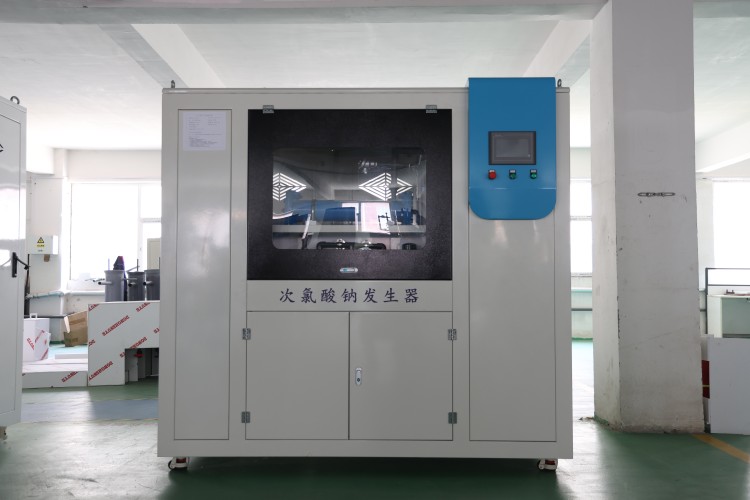what is the purpose of disinfection in water treatment
Why Water Disinfection Matters
We all know water is life. Without clean water, public health collapses in days. But here’s the kicker—most water sources are not safe to drink straight from the tap.
Rivers carry bacteria, lakes hide parasites, and wells often hold chemical traces. That is where water disinfection comes into play.
So what is the purpose of disinfection in water treatment? At its core, it eliminates harmful microbes, neutralizes dangerous chemicals, and makes sure every drop we drink supports our health rather than threatens it.

The Heart of Water Treatment
Every drop of water that enters our homes goes through a journey. It begins at treatment facilities where engineers combine science with strict standards. The main goal is simple: protect public health and maintain water quality.
Key Treatment Processes
· Sedimentation removes heavy solids
· Filtration clears out smaller particles
· The disinfection process destroys pathogens
· Chemical balancing adjusts pH and chlorine levels
Without the disinfection step, even the clearest-looking water might carry viruses, bacteria, or protozoa. And that risk is not worth taking.
Different Paths to Disinfection
Technology has given us several ways to protect water supplies. Each method carries strengths and limits.
Chlorinated Disinfection
The classic method still dominates worldwide. Treatment plants introduce chlorine gas, chlorine dioxide, or hypochlorite solutions into water. These chemicals kill microbes fast and keep working as water travels through pipes.
Hypochlorite Solutions
When plants produce sodium hypochlorite on-site, they create a stable and effective disinfectant. Many rely on sodium hypochlorite generation with electrolytic cells. This technology helps facilities avoid storing large volumes of hazardous chlorine gas.
Advanced Alternatives
· Ozone treatment removes a wide spectrum of microbes
· UV disinfection targets DNA in pathogens
· Combined methods increase safety where single systems might fail
The Role of Sodium Hypochlorite
Sodium hypochlorite remains the most reliable tool in our industry. It offers balance between safety, cost, and effectiveness. Treatment facilities often produce sodium hypochlorite using modern disinfection technology rather than transporting it.
Why It Works
· Fast action against bacteria and viruses
· Simple integration into treatment processes
· Strong residual protection in distribution networks
We use equipment like a 0.8% Sodium Hypochlorite Generator to produce consistent solutions. That level ensures efficiency while reducing chemical hazards.

Protecting Drinking Water
Let’s face it. Nobody wants to question what comes out of the kitchen tap. Disinfection in water and wastewater systems secures peace of mind.
Benefits for Public Health
· Stops outbreaks of cholera or typhoid
· Reduces risk of diarrhea-related illnesses
· Protects children and elderly who are more vulnerable
· Supports trust in modern water supplies
The Environmental Protection Agency (EPA) sets strict standards for chlorine levels in drinking water. These rules guarantee safety while avoiding excess chemicals.
Disinfection Technology in Action
I often picture treatment plants as giant kitchens. Instead of soup, they prepare millions of liters of drinking water. Every valve, pump, and cell works together like pots and pans.
How Electrolytic Cells Work
Electrolytic cells split brine into sodium hypochlorite solution. It’s like alchemy, only real and measurable. With the right voltage, salt and water transform into a powerful disinfectant.
Comparing Options
· Chlorine gas is strong but dangerous to store
· Chlorine dioxide controls certain parasites but needs careful handling
· On-site hypochlorite generation offers balance between performance and safety
Beyond Safety: Efficiency and Trust
Disinfection technology goes beyond killing germs. It builds trust between treatment facilities and communities. People rely on operators they never meet. They trust the invisible barrier that separates clean water from contaminated sources.
Why We Care
At Shine, we see water as more than a resource. It’s a promise to families, farmers, and future generations. By producing solutions with stable quality, we strengthen that promise.
The Bigger Picture
Water disinfection supports more than households. It keeps industries safe, protects crops, and reduces hospital burdens. When water flows clean, society thrives.
Long-Term Impacts
· Fewer disease outbreaks lower healthcare costs
· Better water quality boosts local economies
· Environmental protection agency guidelines support sustainable use
· Modern treatment facilities reduce risk to workers and communities
Conclusion: A Glass Half Full
So, what is the purpose of disinfection in water treatment? It’s more than sterilizing liquid. It’s about health, confidence, and a brighter tomorrow. Clean water means children play without fear, cities grow safely, and communities thrive with resilience.
When we produce sodium hypochlorite through advanced technology, we’re not just treating water—we’re protecting life itself. And that, to me, is a purpose worth raising a glass to.
References
1. Environmental Protection Agency – Drinking Water Standards
